|
Most of us don't know where our psoas (pronounced so-az) muscle is. It is deep in the body, underneath our abs and guts, but it has a huge effect on the spine and hips. The psoas hugs the lower spine, the inside of the pelvis and crosses the hip. Its main function is to move the leg by flexing the hip, but the fact that it connects to the spine makes things a little more complicated. It is commonly ignored or misunderstood since it is not readily visible or easy to feel, but it is a vital muscle for our posture, our spinal and abdominal function, and our hip function.
In the picture above, the psoas and the rectus abdominis (6-pack) muscles are shown. The psoas is deep and close to the spine; and the rectus is on the surface of the abdomen. Ideally the psoas has enough length to allow the pelvis a neutral tilt (as pictured on the left). When the psoas gets overly tight or tense, as it often does when we sit for many hours a day, it pulls the pelvis into a forward tilt (as pictured on the right). OTHER ISSUES ARISE When the psoas is short, a handful of other problems arise. The first two problems come from the forward-tilted pelvis. These are 1) weak and long abdominal muscles (as seen in the picture), and 2) weak and long glutes and hamstrings on the back of the hips. These lead to poor posture and poor digestion, which in turn exacerbate the muscular issues of the abdomen and hips. The other problem that arises with a tight psoas, as you can see in the picture above on the right, is that the low spine gets pulled down and forward toward the pelvis. This creates compression, tenderness and pain in the low back. It also cascades up the spine, creating poor posture in the mid and upper spine, which leads to upper back pain, neck pain and chest pain. WHAT TO DO It is worth saying that sitting less will help the psoas stay long. Things like standing desks are useful to this end. Every hour that we spend sitting encourages the psoas to shorten. It helps to strengthen the abdominal muscles, especially the rectus abdominis. Then the pelvis will have an easier time staying neutral and upright, encouraging a relaxed psoas. Abdominal strengthening, like situps, is invaluable to this end. It also helps to strengthen the glutes and hamstrings with squatting motions. These muscles of the hip will keep the pelvis neutral and encourage the psoas to be long and relaxed. Even if you can't do something like squats or lunges, it helps to do what is called the "Glute Drill", which basically involves squeezing your butt muscles for a few seconds. Do ten squeezes a few times a day and that will go a long way to balancing the psoas.
3 Comments
Armina
10/20/2020 05:33:54 am
Great post. Thank you.
Reply
Addarsi
4/14/2024 06:57:01 am
Thank you so much. Releasing my tight psoas allow me to breath normally and the abdominal discomfort caused by compression dissapeared.
Reply
Leave a Reply. |
AUTHORSScott & Ida are Yoga Acharyas (Masters of Yoga). They are scholars as well as practitioners of yogic postures, breath control and meditation. They are the head teachers of Ghosh Yoga.
POPULAR- The 113 Postures of Ghosh Yoga
- Make the Hamstrings Strong, Not Long - Understanding Chair Posture - Lock the Knee History - It Doesn't Matter If Your Head Is On Your Knee - Bow Pose (Dhanurasana) - 5 Reasons To Backbend - Origins of Standing Bow - The Traditional Yoga In Bikram's Class - What About the Women?! - Through Bishnu's Eyes - Why Teaching Is Not a Personal Practice Categories
All
Archives
April 2024
|

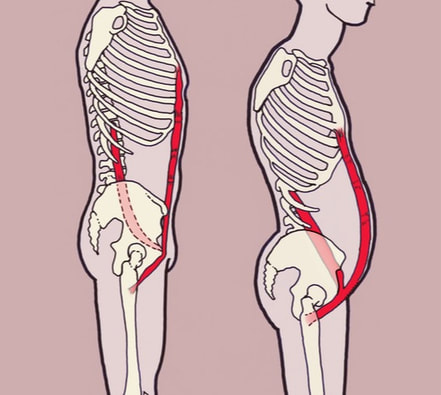
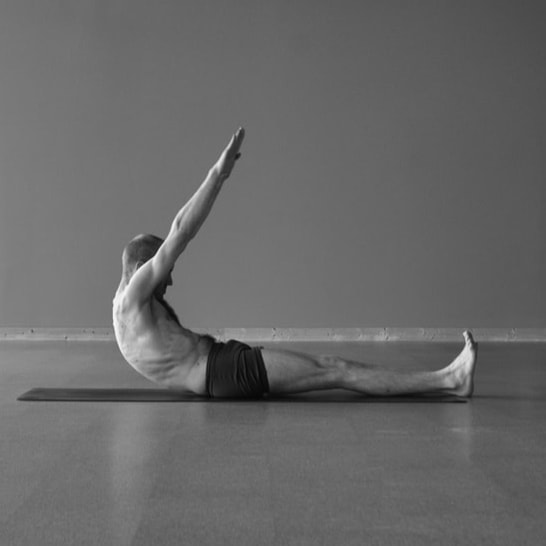
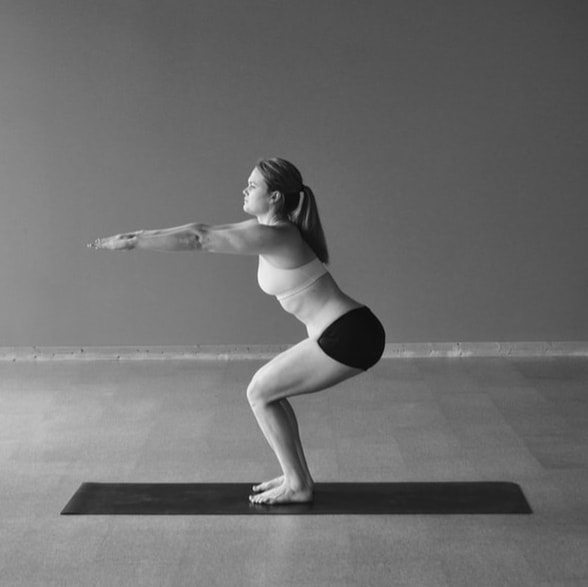
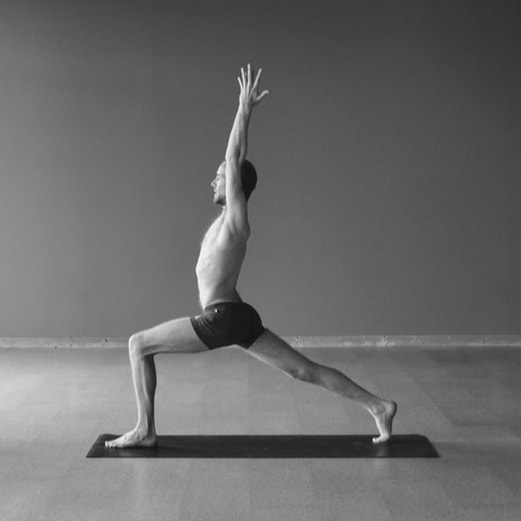
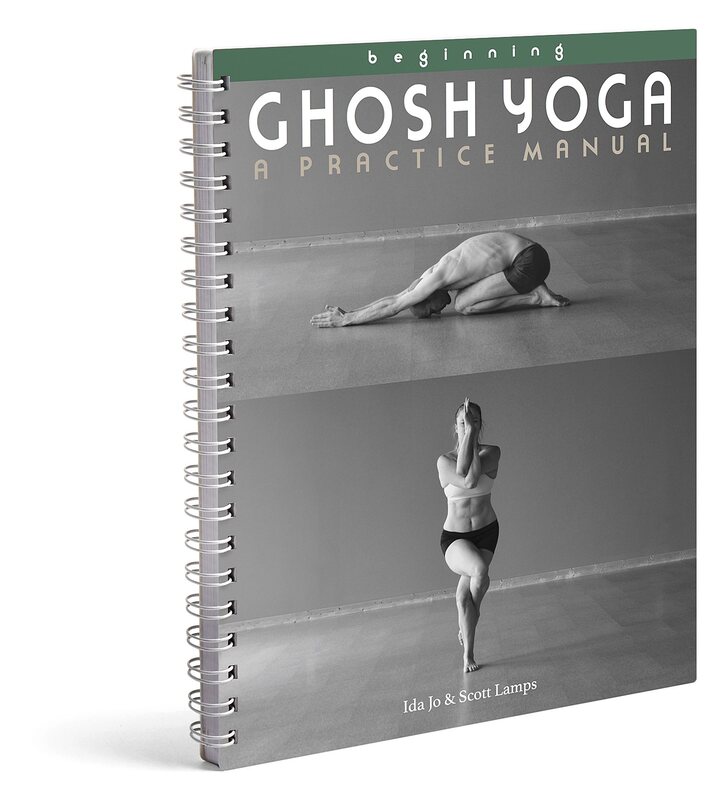
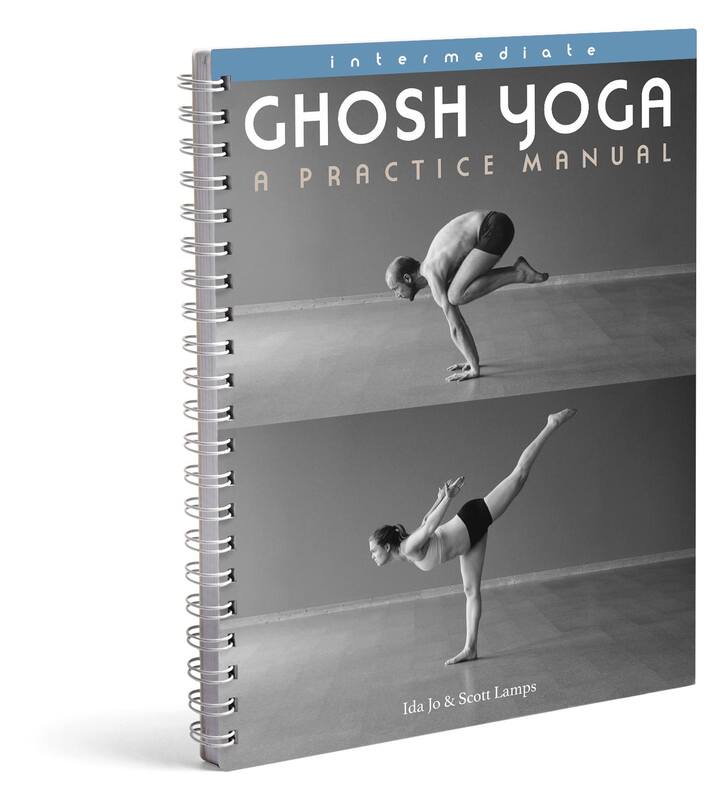
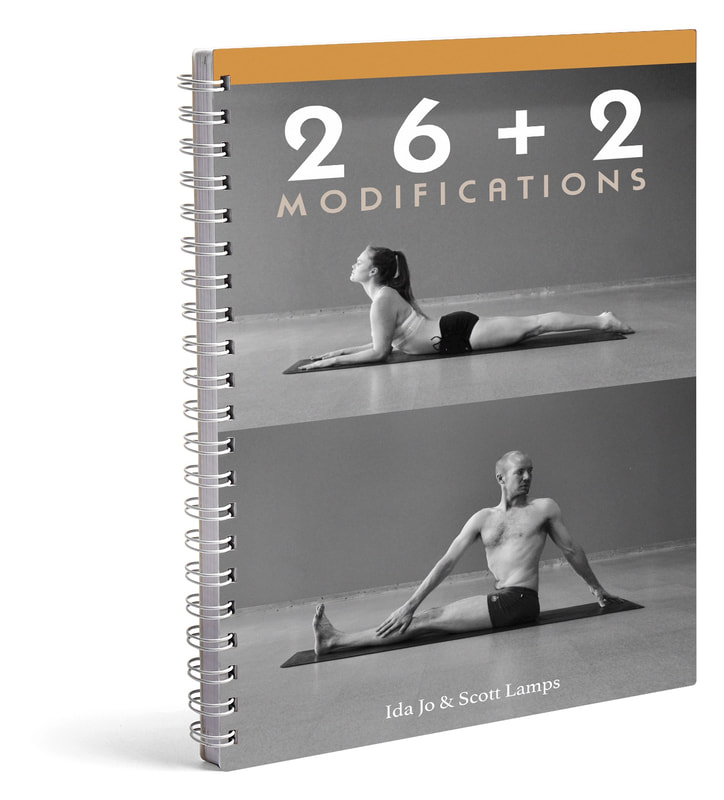


 RSS Feed
RSS Feed